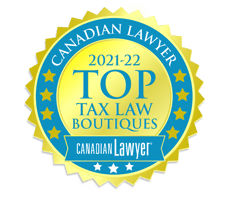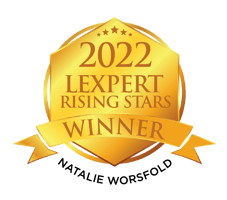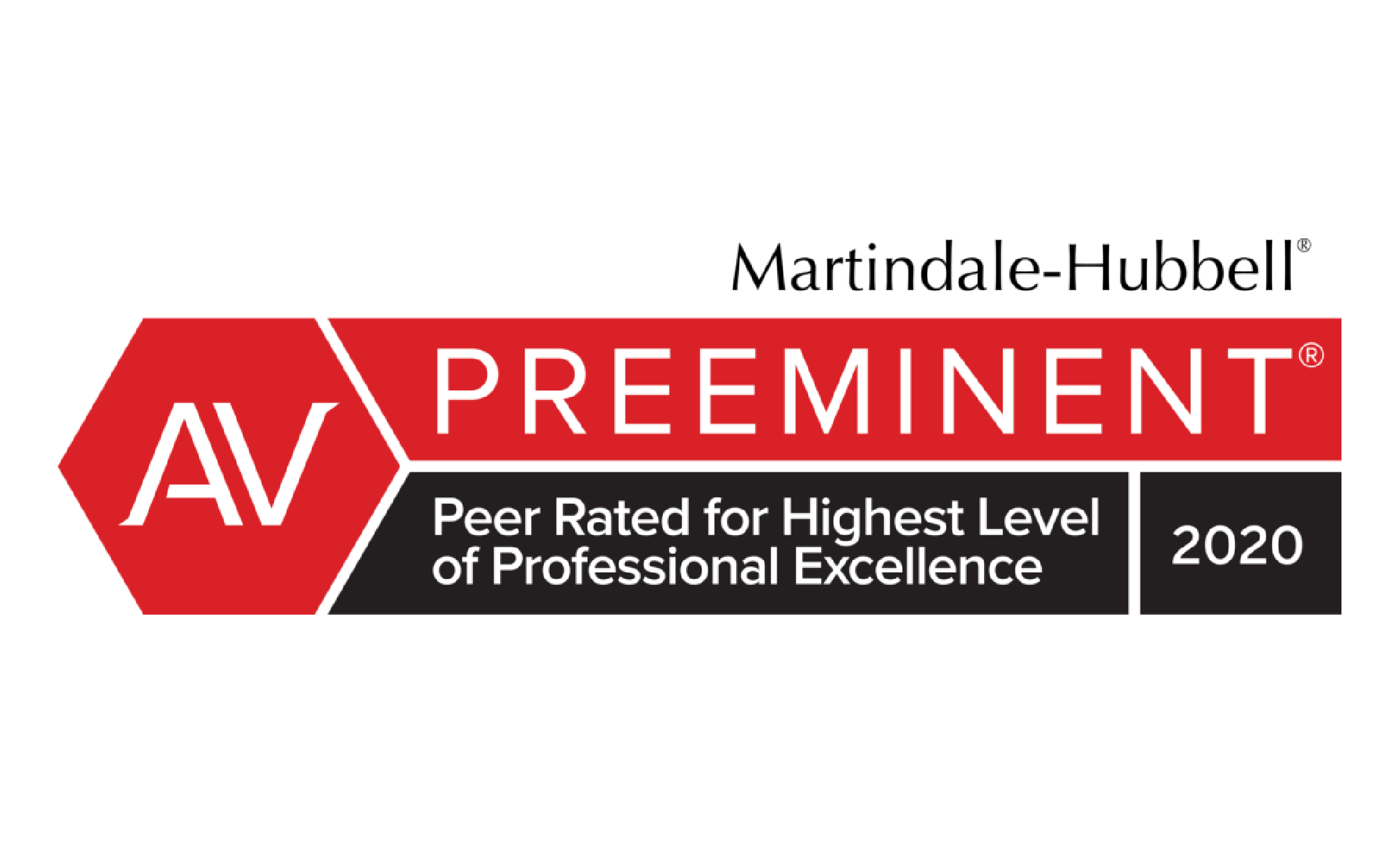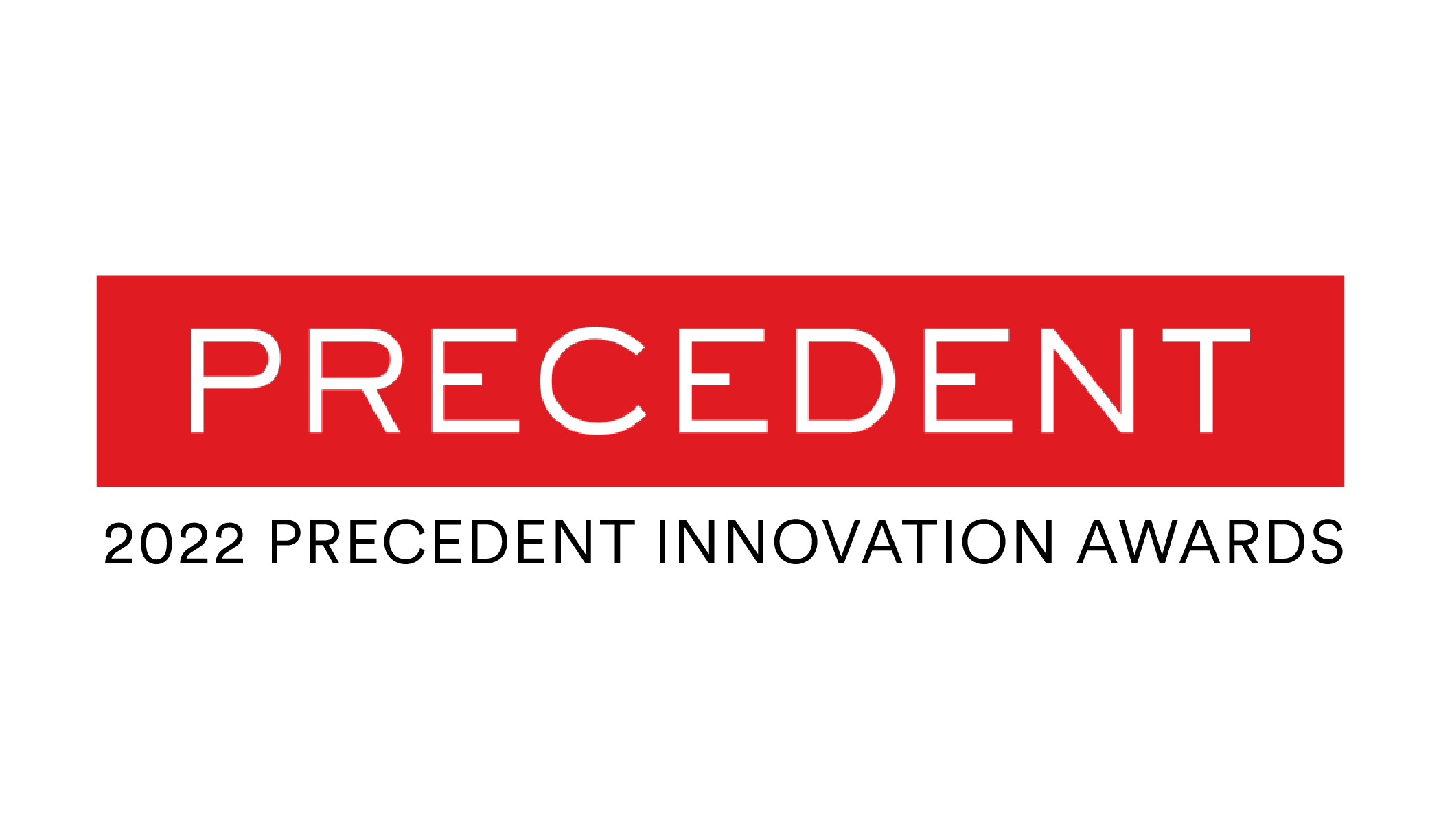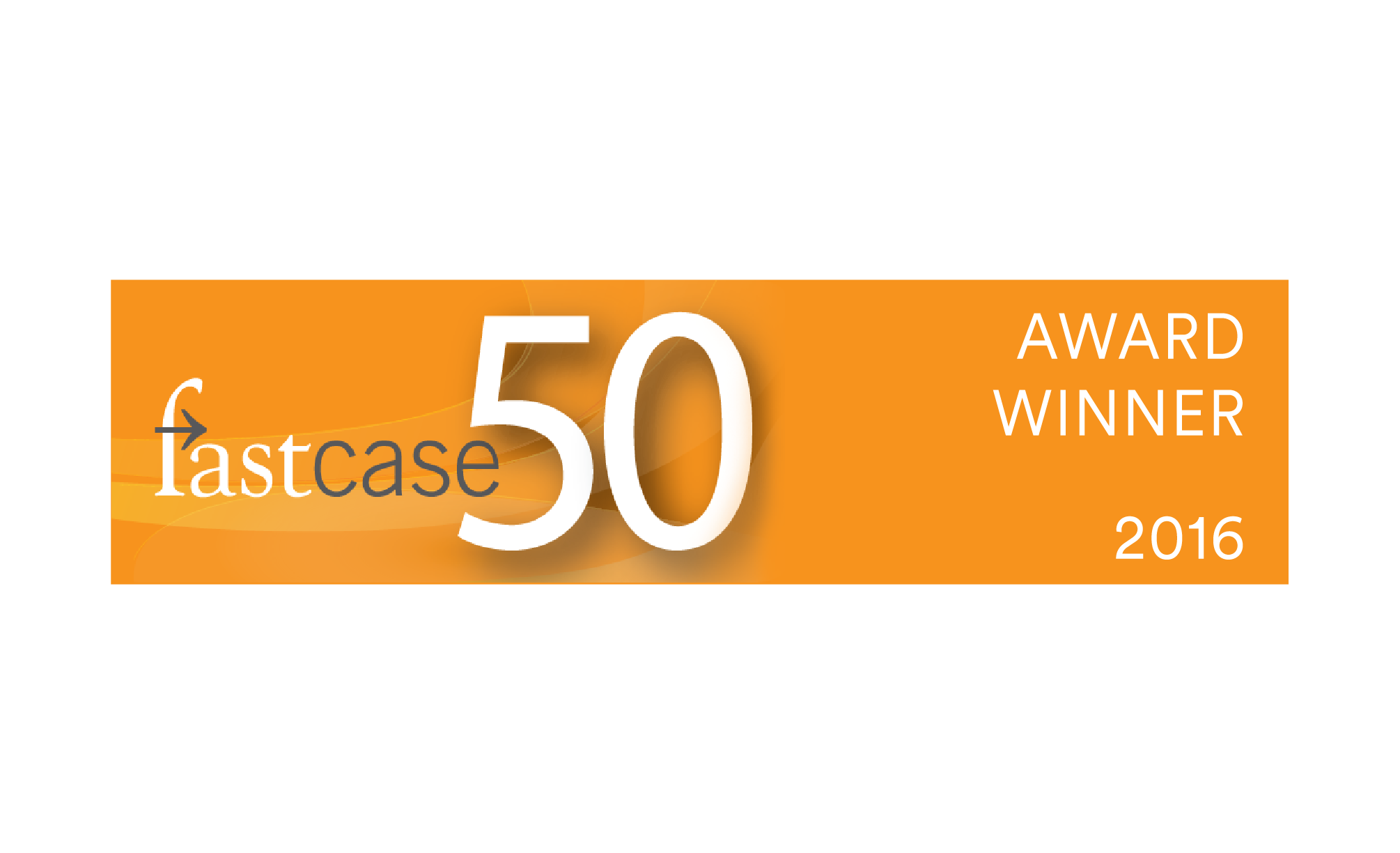
I suspect you started your legal career with the same expectations I had. You expected to spend a lot of time drafting countless legal research memoranda. And I imagine you spent way more hours than you’d like drafting memos.
What if I told you I didn’t create any legal research memos during my articling term because I learned a better way? What if I told you that this skill is going to make me a better litigator? What if I help you add another tool to your “litigator toolkit” (and save you from creating or reading about another ineffective and uninspiring traditional legal research memorandum)?
Interested? Great. Here’s how it started for me and a little to get you started too.
Better Than Memos?
I was sure that law school put me in a good position to tackle anything during my articling term. It was no surprise when James offered to help me with my first research assignment.
I was surprised and started to feel anxious when James explained to me that Counter’s litigators don’t use or create traditional legal research memoranda. Wait. What?!? What about all that stuff I learned in law school? I started to mentally freak out a little as James explained that Counter uses a different framework and method to analyze, synthesize, and share the relevant law. And the way that we lay out the legal issues and elements is one part of that framework.
You’re probably thinking the same thing that I was: There’s another way to find and share the legal elements?!? What the heck is a relevance diagram?!? Are you kidding me - do they even analyze and share caselaw differently than most other law firms!?!? I knew coming into articling that Counter was different. But, I didn't know it impacted every aspect of the way we think about litigation analysis and advocacy.
“I knew coming into articling that Counter was different. But, I didn't know it impacted every aspect of the way we think about litigation analysis and advocacy.”
-Jennifer Mak
James explained that relevance diagrams are a better way to show the principal issues in Counter’s tax dispute and litigation cases, and a better way to show how those issues are interconnected. James shared that the team believes that creating traditional legal research memoranda is a subpar approach and that relevance diagrams are a better way to deal with the legal tests that underlie every case. He explained where relevance diagrams sit within our broader framework, including CounterMeasure.
Show Me the Relevance Diagram!
When James invited me to complete my first relevance diagram, I started feeling anxious because it was so different how I learned to undertake and share legal research. I didn’t know whether I could figure this out. Thankfully, James showed me some examples, explained each one to me, and gave me some other resources to put me in a good position. James encouraged me to try drawing it out on paper before using our relevance diagram software.
I think that one of the most helpful ways to explain relevance diagrams is showing the progression. I wish I created a relevance diagram time-lapse video, but hopefully seeing my hand-drawn version will help give you an idea. This hand-drawn version is nowhere near perfect, but I was starting to get the hang of mapping out the legal test visually.
[image coming soon]
James gave me some great feedback (on a much later and better draft I showed him). I kept building and refining and started creating my relevance diagram in the software. Unfortunately, I can’t share the final version with you because of client confidentiality issues. But I can show you an earlier version (without all the facts and evidence) that will give you the idea.
[image coming soon]
Yes, I was so happy that I kept both versions, and I expect to keep them forever.
I excitedly shared this story and my relevance diagrams with my family and friends. My lawyer friends were initially a little confused, but they quickly started asking questions and wanting to learn too.
Better Framework = Better Litigators
My experience learning and starting to create relevance diagrams surfaced a lot of questions (along with some feelings). I was a little uncertain, and a little scared, but I learned a lot. I now see what James described when he asked me to complete my first research assignment.
I am better at identifying issues, uncertainties, and connections, and I am better at identifying problems and biases in my analysis. I would have missed these things if I stuck to the more common research methods.
I believe that my ability to read and create relevance diagrams gives me a better (and an oddly really fun) tool in my “litigator toolbox’. I am sure that this tool is a major step in my learning and career.
“I believe that my ability to read and create relevance diagrams gives me a better (and an oddly really fun) tool in my ‘litigator toolbox’. I am sure that this tool is a major step in my learning and career.”
-Jennifer Mak
Developing Skills with Intention
If your mission is to add to your litigator toolbox too continuously, I think that learning about relevance diagrams is a great place to start.
If you get really excited, you can listen to our Why your litigation analysis is weak podcast episode.
And, if you want to go to the next level, I suggest that you subscribe to the BNL mailing list so that you know the minute that we launch our new podcast: The Litigator’s Project: Mastering Litigation Analysis & Advocacy.
Good luck!













.png?width=400&height=400&name=CT-How_Can_We_Help-22_july_NewGraphic_b(small).png)
.png?width=1386&height=1224&name=2025%20Legal500%20Elite%20Boutique%20Award%20(Badge).png)
.png?width=1386&height=1224&name=ITR%20Finalist%20Practice%20Leader%20of%20Year%20Peter%20Aprile%202024%20(Badge).png)
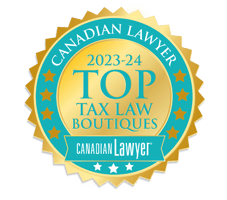
.png?width=1386&height=1224&name=2025%20Legal500%20Leading%20Firm%20Client%20Satisfaction%20Award%20(Badge).png)
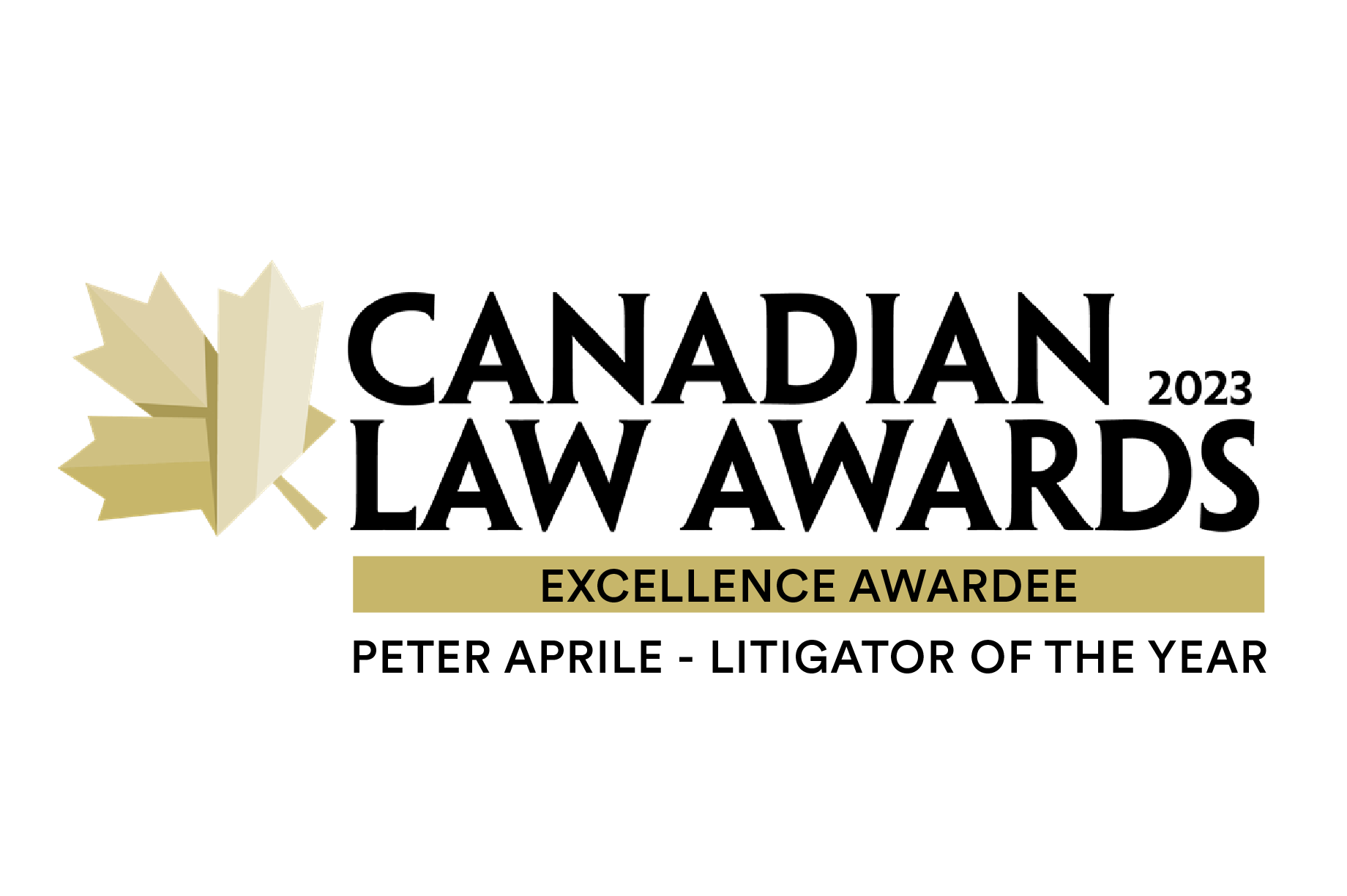
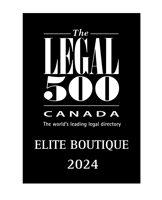
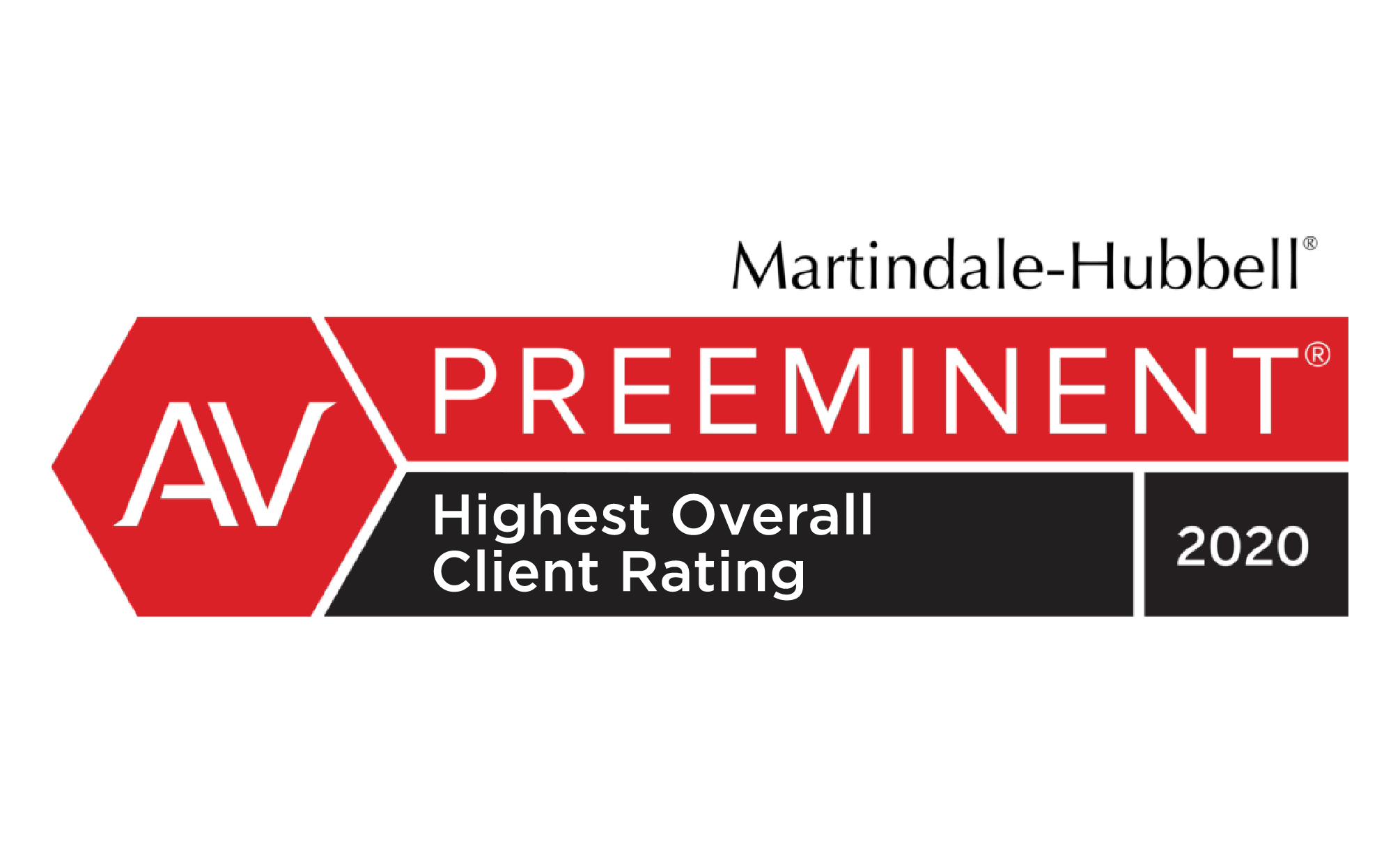
.png?width=1386&height=1224&name=ITR%20Tax%20Innovator%20Finalist%202024%20Award%20(Badge).png)
